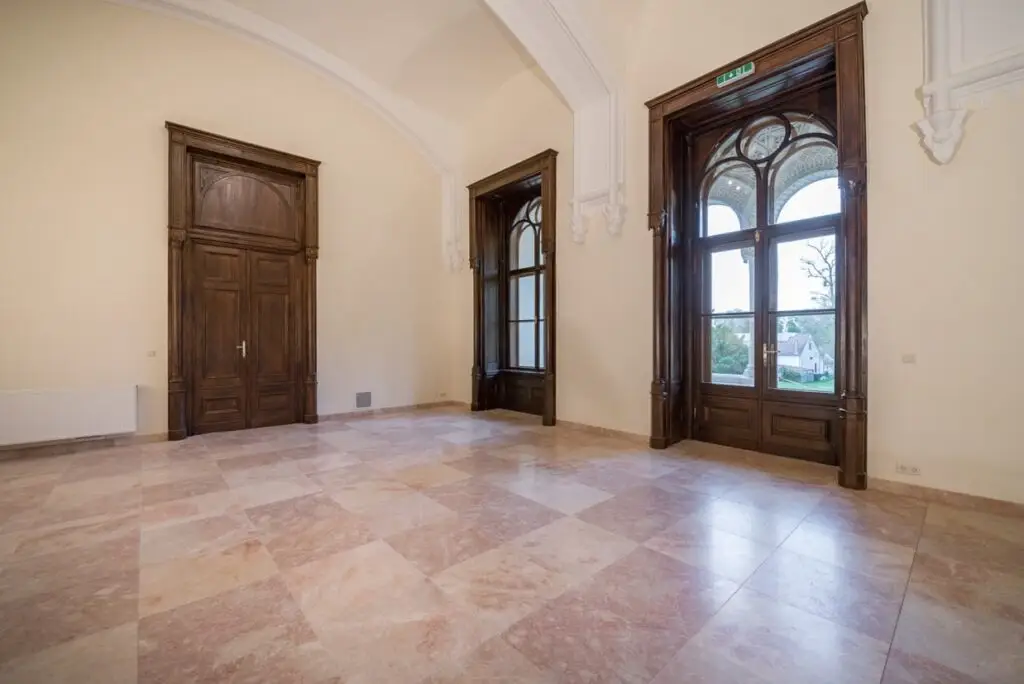
Natural stone and underfloor heating - an ideal pair
Underfloor heating are among the most popular heating systems in private homes. Not only do they provide cozy warmth from below so that you can walk around comfortably barefoot, they are also quite economical due to the low flow temperature. With underfloor heating in particular, the question arises as to which floor covering should be selected. Are Natural stone floors at all suitable for underfloor heating?
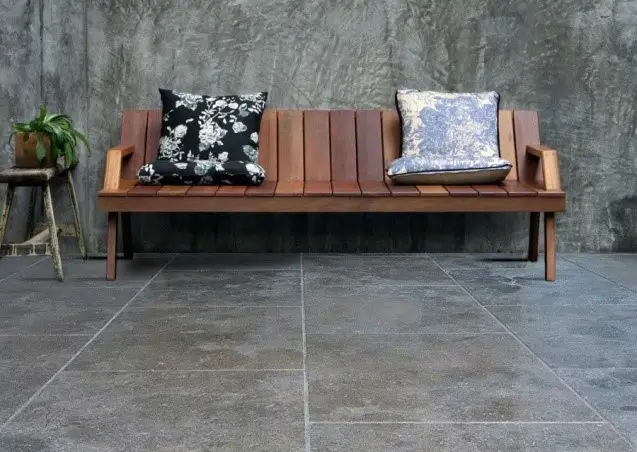
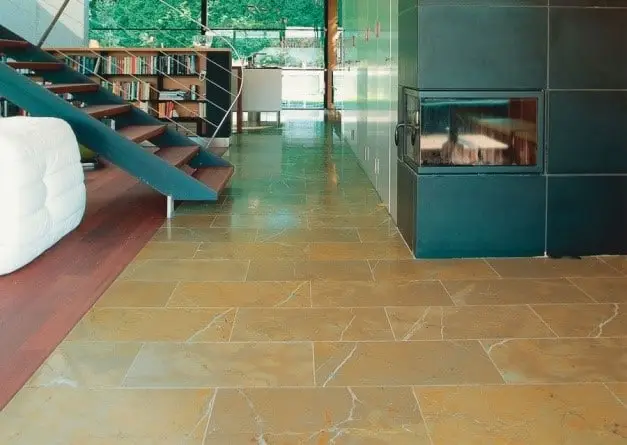
Natural stone is an excellent heat conductor
The Romans already used floor and wall heating systems, known as "hypocausts", in their buildings. "Hypocaustum" means "heated from below". At the beginning of this type of heating, bathing rooms in public thermal baths were heated by heating water basins, floors and walls with hot air or flue gases. Nowadays it looks like this: With underfloor heating, the heat has to overcome the "barrier" of the floor covering. Therefore the Thermal resistance of the floor covering is significant. This value is important for underfloor heating. Natural stone tiles are the ideal partner for underfloor heating, as natural stone has a low thermal resistance and is therefore equipped with optimum thermal conductivity.
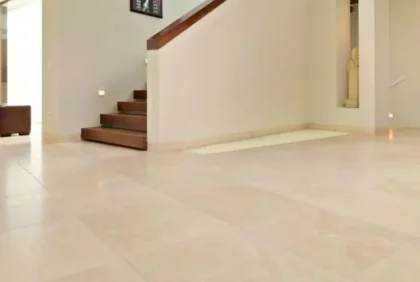

Natural stone significantly exceeds the value of many other floor coverings: "Natural stone and engineered stone floors can even achieve peak values of up to 3.5 W(mK)," says stone expert Thomas Schubert, Managing Director of SCHUBERT STONE. Carpet, wood, parquet, PVC, cork and laminate tend to have insulating properties and do not readily give off heat, so these coverings have a high thermal resistance.
Energy-saving heat
Due to their mass, stones are very dense and have a high heat storage capacity. Natural stone floors also transfer the stored heat to the room more quickly, ensuring an even, pleasant feel-good temperature. Another plus point: the heating-up phase is shorter. Because of all these advantages, most houses or apartments that are being renovated or newly built are now equipped with underfloor heating. The cozy warmth is particularly enjoyable in the bathroom. The heating under the floor covering not only saves energy, but also adds visual value[/vc_column_text].
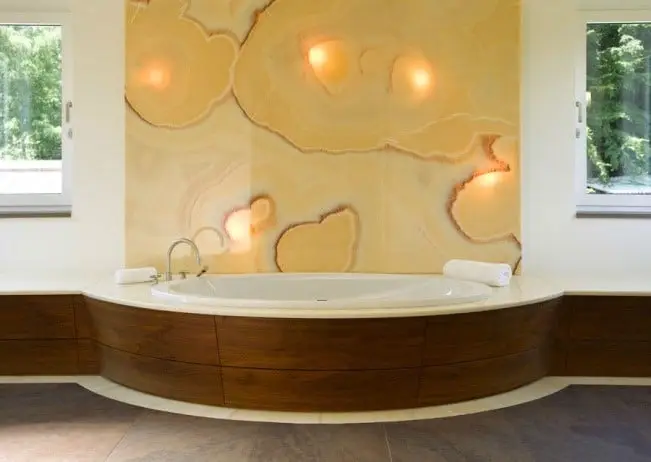
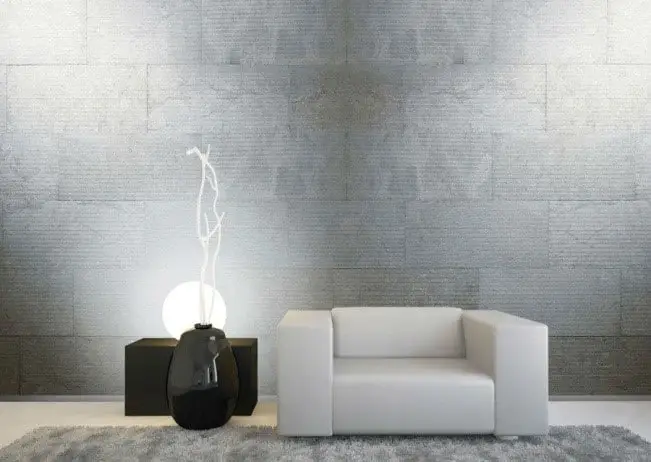
As there are no conventional radiators under the windows, underfloor heating allows more flexibility when positioning furniture and is practically invisible. The heating pipes are either installed in the so-called HeatingScreed integrated or connected with heating mats in the screed. Another option is Wall heating systemsIn this case, panels with heating pipes are laid on the inside of the walls and fitted with the wall structure. This type of heating also saves a lot of energy. The combination with Natural stone wall panels or Technostone is an ideal design option here.
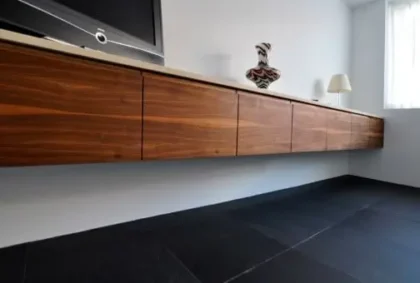
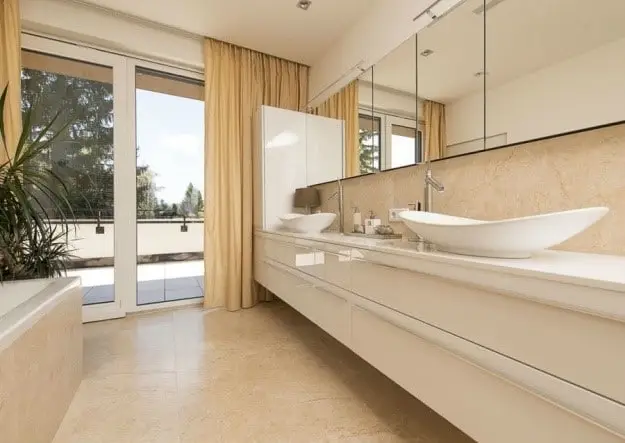
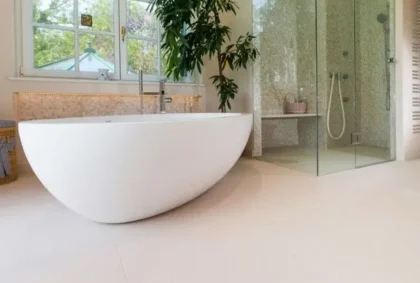

Which stone slabs are suitable for underfloor heating
The traditional hard limestone Levante Crema with its warm shades of beige and brown veining or thinner slabs of gray limestone or Slate give you a warm, pleasant feeling thanks to underfloor heating, reminiscent of glorious summer days. Would you also like to leave your woolen socks in the closet and enjoy a warm stone floor? Then make an appointment for a consultation!